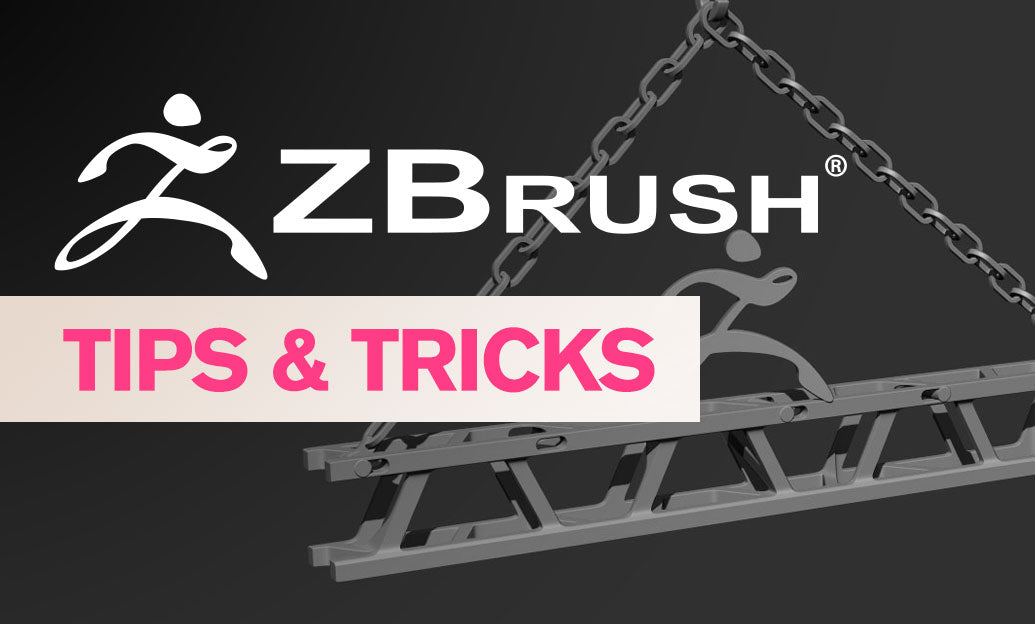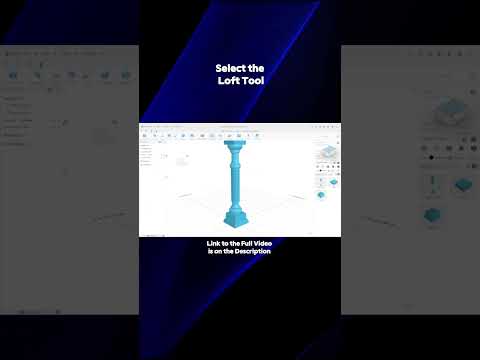Your Cart is Empty
Customer Testimonials
-
"Great customer service. The folks at Novedge were super helpful in navigating a somewhat complicated order including software upgrades and serial numbers in various stages of inactivity. They were friendly and helpful throughout the process.."
Ruben Ruckmark
"Quick & very helpful. We have been using Novedge for years and are very happy with their quick service when we need to make a purchase and excellent support resolving any issues."
Will Woodson
"Scott is the best. He reminds me about subscriptions dates, guides me in the correct direction for updates. He always responds promptly to me. He is literally the reason I continue to work with Novedge and will do so in the future."
Edward Mchugh
"Calvin Lok is “the man”. After my purchase of Sketchup 2021, he called me and provided step-by-step instructions to ease me through difficulties I was having with the setup of my new software."
Mike Borzage
ZBrush Tip: Enhancing ZBrush Sculpting with Custom Alpha Creation and Application
December 30, 2024 2 min read

Custom alphas are essential for adding unique textures and intricate details to your ZBrush projects. By creating and utilizing your own alphas, you can achieve a higher level of personalization and precision in your sculpting workflow.
Creating Custom Alphas
- Start with a High-Resolution Image: Use high-contrast black and white images to ensure clear definition in your alpha. Tools like Adobe Photoshop or GIMP can help you create or edit these images.
- Maintain Proper Dimensions: Ensure your image has power-of-two dimensions (e.g., 512x512, 1024x1024) for optimal compatibility with ZBrush.
- Save in the Correct Format: Export your image as a PNG or TIFF file to preserve quality and transparency.
- Import into ZBrush: Navigate to the Alpha palette and import your custom alpha. Once imported, you can preview and adjust it as needed.
Using Custom Alphas in Your Workflow
- Select the Appropriate Brush: Common brushes like Standard or Clay Buildup work well with custom alphas. Adjust brush size and intensity to suit your project.
- Apply with Precision: Use the Drag Rect or Drag Dot modes to control how the alpha is applied, ensuring accurate placement and detail.
- Combine with Layers: Utilize ZBrush’s layering system to apply custom alphas non-destructively. This allows for adjustments and refinements without compromising the base mesh.
- Experiment with Intensity: Adjust the alpha intensity to achieve subtle or pronounced effects, giving you greater control over the final appearance.
Tips for Effective Use of Custom Alphas
- Organize Your Alphas: Keep your custom alphas organized in dedicated folders or use naming conventions for easy access. Tools like NOVEDGE can help manage your assets efficiently.
- Reuse and Modify: Don’t hesitate to reuse your alphas across different projects. Modify existing alphas to create variations, saving time and effort.
- Combine Multiple Alphas: Overlaying multiple alphas can create complex textures and patterns, enhancing the depth and realism of your models.
- Regularly Update Your Library: Continuously create and add new custom alphas to your library. This practice ensures you have a diverse set of tools to draw from for any project.
Integrating custom alphas into your ZBrush workflow not only enhances the quality of your models but also streamlines your creative process. For more advanced techniques and resources on custom alphas, visit NOVEDGE to explore their comprehensive suite of tools and tutorials.
You can find all the ZBrush products on the NOVEDGE web site at this page.
Also in Design News

💎 Rhino Artisan Arrives in Turkey: Revolutionizing Jewelry Design
February 27, 2025 1 min read
Read More
ZBrush Tip: Mastering Curve Surface for Unique Textures in ZBrush
February 27, 2025 2 min read
Read MoreSubscribe
Sign up to get the latest on sales, new releases and more …



